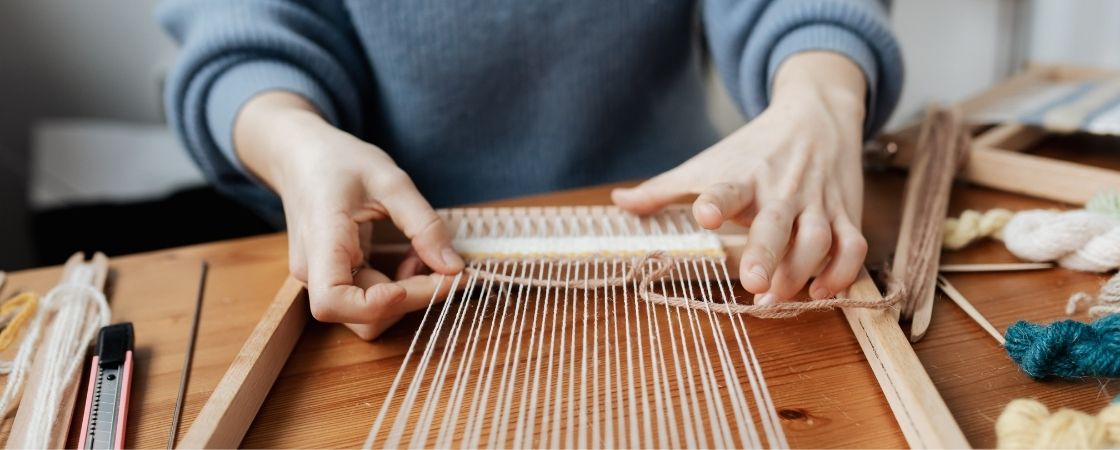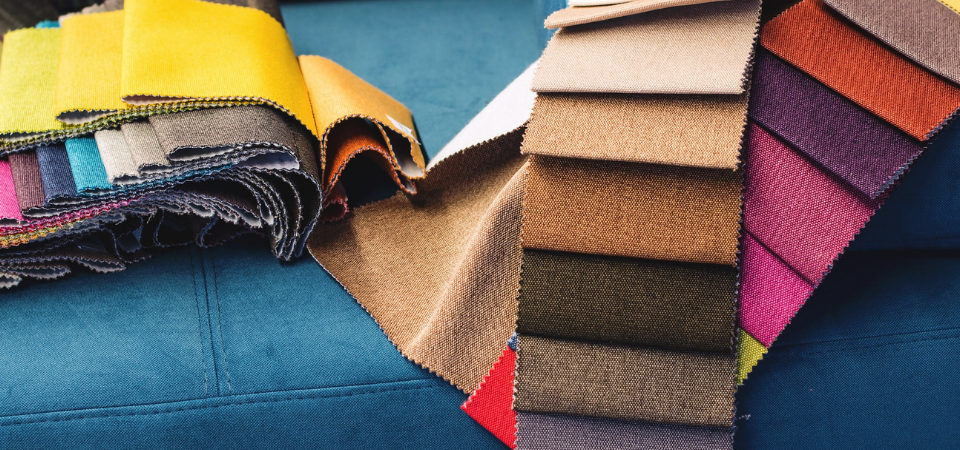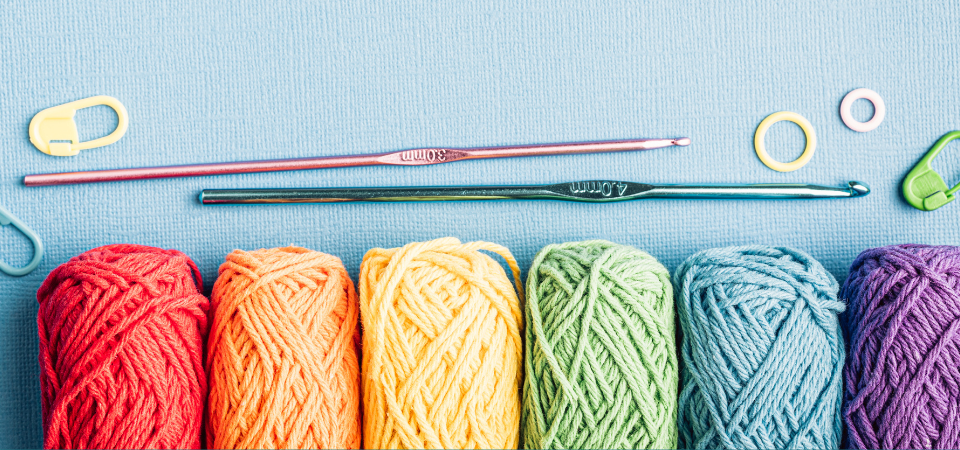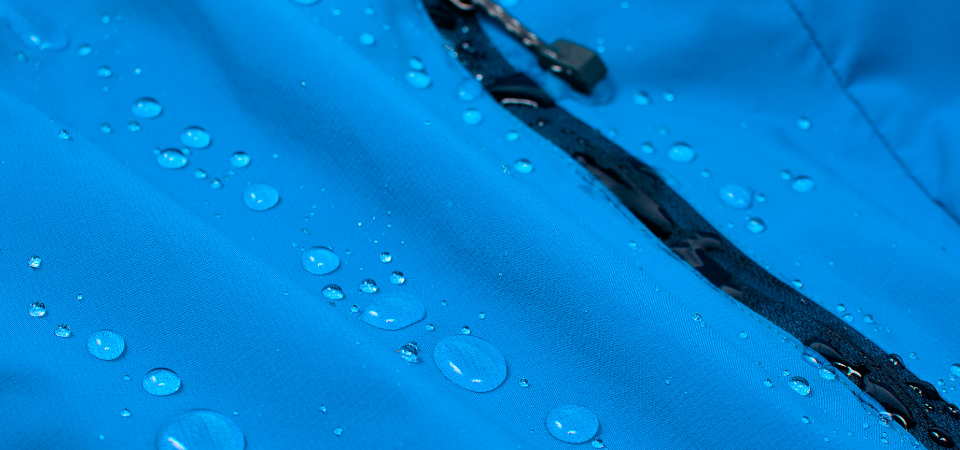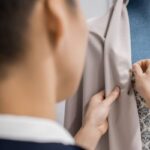
Alternative Fabric Joining Methods Applied in Textiles
November 28, 2023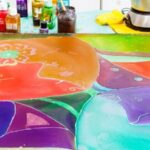
From Pale to Vibrant: The Journey of Fabric Dyeing
December 1, 2023The basic building block of the textile industry is fabrics, and fabrics are produced in many different ways. One of the most common production methods is weaving technique. Woven fabrics are sometimes produced with hand strength and sometimes with motorized weaving looms. Fabric weaving looms are preferred for the production of hand loom small scale and custom designed products. This is due to the fact that production requires arm strength and takes time. Power looms are motor powered weaving looms and provide much faster production than hand looms. Fabric weaving loom, also used in fabric factories, is mostly power loom because it is the ideal tool for industrial production. It provides fast and standard production of products. Fabric weaving looms varieties, their main components and how it works are covered in detail in this article.
The Basics of Fabric Weaving Looms
There are many different ways to get fabric, one of them is fabrics produced through woven countertops. Yarns in woven fabrics are intertwined, vertical ones from these threads are called warp, while horizontal ones are called weft yarn and are positioned in this way on the weaving loom. Fabric weaving looms are tools used to weave fabrics divided into different categories such as hand loom or power loom. They are mechanisms that allow for versatile processes such as creating patterns using threads of different colors, and their use is quite common in fabric production.
Types of Weaving Looms
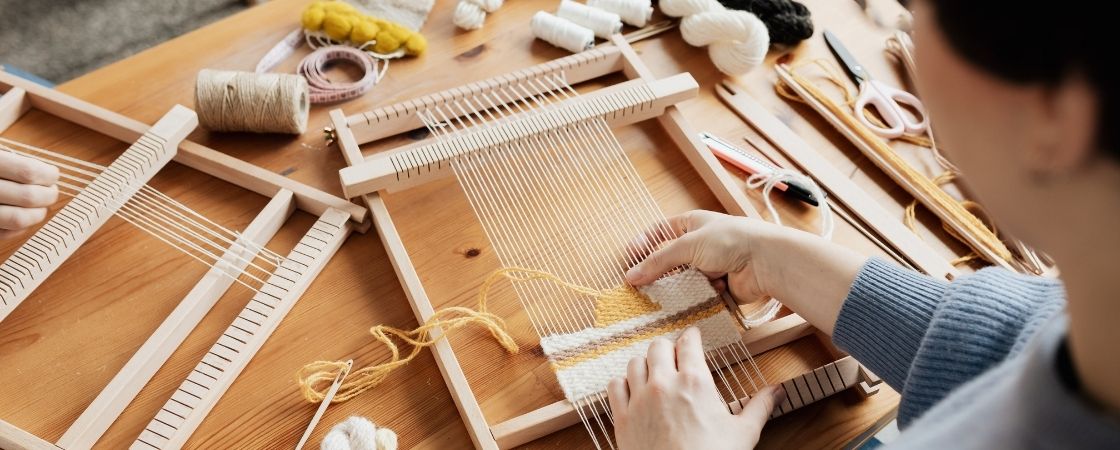
There are many different types of fabric weaving looms, but the most prominent ones are hand loom and power loom. Each mechanism also has different characteristics, advantages, and disadvantages. What these two mechanisms are, how and where they are used are summarized as follows.
Hand Loom
Hand loom is a highly functional and simple construction mechanism used to produce woven fabric with traditional methods. As the name suggests, weaving is done using hand strength. Because it works manually, the production speed is lower in this machine. It is one of the most ideal choices among these looms to reflect various patterns such as cultural patterns. It is an ideal choice for custom and personalized designs and small-scale production but can be quite tiring and time-consuming as the whole process is based on arm strength.
Power Loom
Unlike the hand loom, the power loom is an automatic machine that operates through an engine. The use of an engine instead of arm power is a factor that accelerates the weaving process, so it is usually preferred for industrial production. Because less people are needed in production, the production cost is also lower than in hand loom. Fast, low cost and standardized production is possible with a power loom compared to other looms. Since the production process is done automatically, it is also very easy to repeat the patterns one-on-one.
Key Components of a Weaving Loom
- There are many different structures that make up the weaving loom, and these structures make it easy for the weaving process to work perfectly. Although these structures vary according to different fabric weaving looms, a few basic components are as follows.
- Heddles is one of the components used to control yarns, and its use during weaving is quite functional. It makes the pattern easier to form correctly by ensuring that the threads pass correctly to each other.
- Reed is another piece used for threads and ensures that the threads remain stable during weaving. It makes it easier to control the tightness of the threads and the gaps between them.
- Shuttle is one of the important parts of the weaving loom and is used to move threads from one side to the other.
- Weft beam is the part that retains weft threads and is used to provide threads along the fabric.
- Warp yarns are long and stretched yarns. Fabric weaving is one of the most basic components of looms and allows the pattern to appear.
- Warp beam apron is a piece used for warp yarns. Most often it is in the form of a sheet made of metal or plastic and is used to place threads on the counter. It ensures that the threads remain tidy while moving during weaving.
- Cloth Beam is the area where the woven fabrics are collected. Fabrics are regularly wrapped and maintained.
Basic Motions of the Weaving Loom
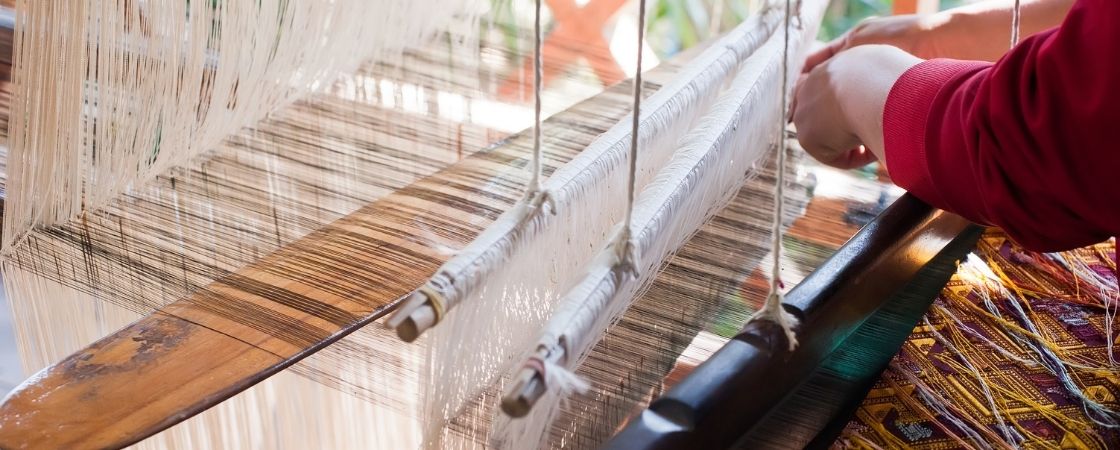
It is necessary to follow some basic movements in order to get the woven fabric. These movements consist of shedding, glass shedding, dobby shedding and jacquard shedding, and the movements in the top 3 rows occur repeatedly. Each movement constitutes the fabric weaving process and is important for fabric weaving looms.
1. Shedding
At this stage, the threads of the weaving loom are moved up and down. As a result of this movement, two different set yarns are separated from each other and weft yarns pass easily between warp yarns. Basically, a shed is formed between two sets of threads and this is important for the shed process to continue.
2. Cam Shedding
Another fabric weaving looms movement is cam shedding and this movement has a cam system that controls the threads to create warp. With the help of the opening and closing movements of the X system, the threads are checked and the fabric is weaved regularly.
3. Dobby Shedding
Cam shedding is suitable for weaving looms where simpler operations are performed, while dobby shedding is preferred for complex patterns on the contrary. With the Dobby mechanism, threads are checked for complex patterns and weaving is carried out.
4. Jacquard Shedding
Another of the fabric weaving looms movements is jacquard shedding. It has components such as cards and rings to control warp yarns and is ideal for weaving overdetailed, highly complex patterns.

